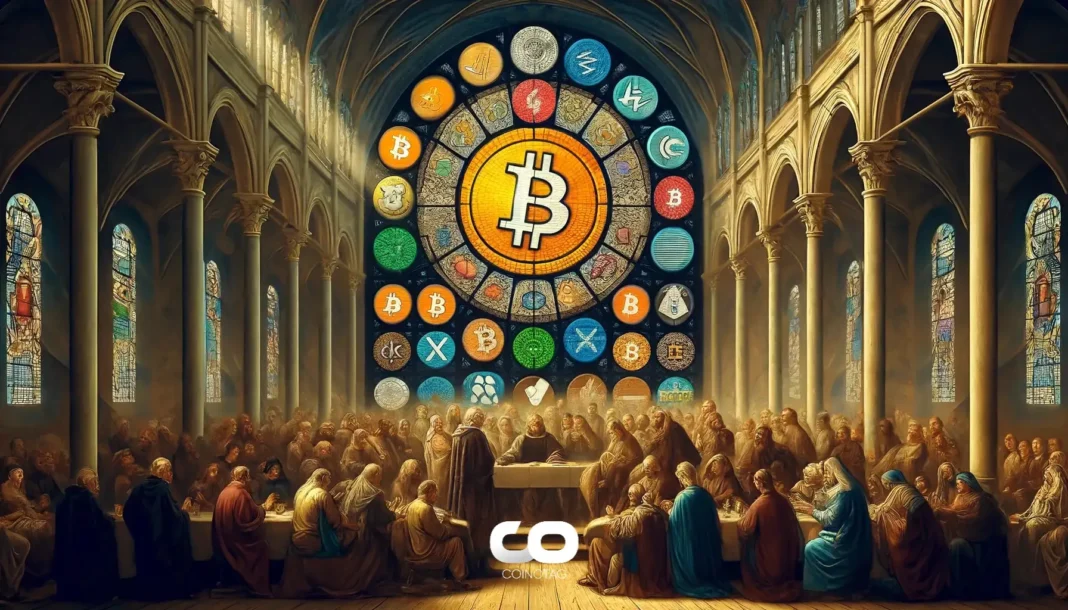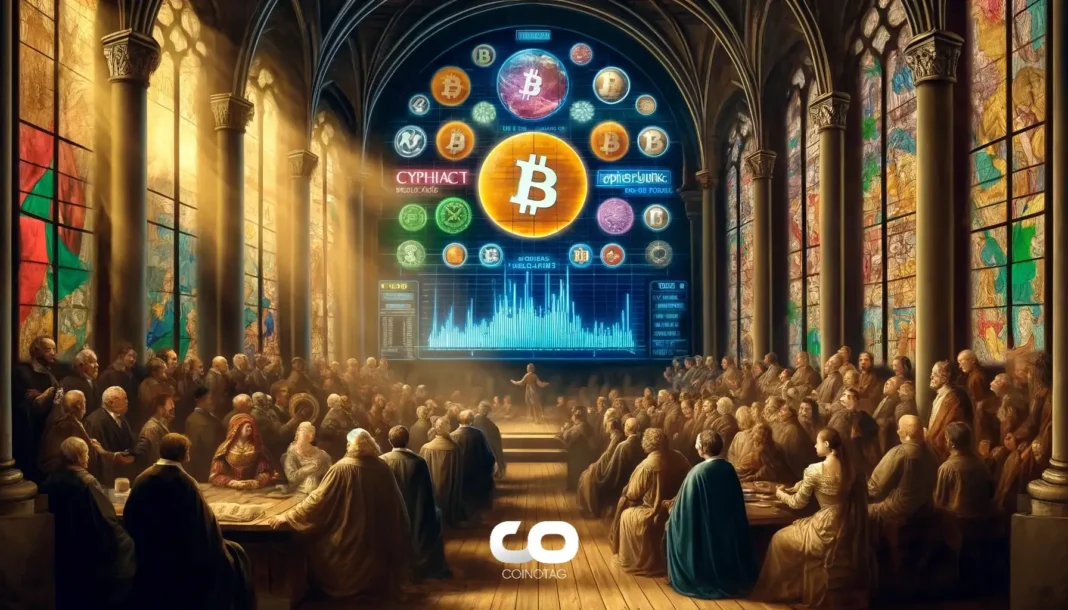-
Ripple’s ambitious attempt to acquire Circle highlights shifting dynamics in the stablecoin market and the broader crypto landscape.
-
Despite a significant bid of up to $5 billion, Ripple’s proposal was dismissed, indicating Circle’s strong market position.
-
Ripple’s CEO Brad Garlinghouse referred to their recent valuation as “outdated,” revealing the firm’s ongoing evolution.
Ripple aimed for a groundbreaking acquisition of Circle with a $5 billion bid, but the offer was rejected, emphasizing market complexities.
Ripple’s Acquisition Bid: A Strategic Move in the Crypto Landscape
The recent bid by Ripple to acquire Circle for up to $5 billion underscores the ongoing transformation within the cryptocurrency sector. This significant offer indicates Ripple’s ambition to bolster its influence in the stablecoin market, a sector poised for immense growth. While the bid was ultimately rejected, it highlights Ripple’s strategy to expand its portfolio, particularly following its recent acquisition of Hidden Road.
The Implications of Ripple’s Bid on the Crypto Market
Ripple’s pursuit of Circle reflects broader trends in the cryptocurrency market, characterized by increasing consolidation and competition. As more companies seek to innovate and capture market share, Ripple’s attempt to acquire Circle—with its robust stablecoin, USDC—would have enabled Ripple to expand its service offerings significantly. According to market experts, the integration of stablecoins is vital for enhancing transactional efficiency and utility within decentralized finance (DeFi) ecosystems.
Legal Challenges: Ripple’s Journey Towards Acquisition
Despite its ambitious plans, Ripple finds itself amidst lingering legal battles with the US Securities and Exchange Commission (SEC). In August 2024, Ripple was ruled liable for $125 million, although recent negotiations suggest a resolution may be on the horizon, with the SEC planning to drop its appeal. This development, coupled with the impending IPO of Circle, complicates the landscape for any potential acquisition.
Ripple’s Position Post-Legal Ruling
Following the court’s ruling, Ripple is navigating a delicate path. While the financial implications are notable, Garlinghouse’s statements indicate confidence in Ripple’s future prospects, particularly as the firm aims to finalize its legal matters. Analysts believe that a clear resolution from these cases could position Ripple to revisit acquisition opportunities, thereby solidifying its role as a dominant player in the crypto ecosystem.
The Future of Stablecoins and Ripple’s Role
In light of its recent acquisition attempts and legal challenges, Ripple is positioned at a critical juncture in the evolving landscape of stablecoins. As regulatory frameworks around cryptocurrencies continue to mature, companies like Ripple could play significant roles by expanding their product offerings and fostering greater adoption of digital currencies. The outcome of Ripple’s legal disputes could significantly influence the trajectory of its business strategy moving forward.
Market Reactions and Stakeholder Perspectives
Market analysts have noted a mixed reaction to Ripple’s acquisition bid and the subsequent legal developments. Stakeholders are keenly observing how these challenges might impact Ripple’s market strategies, especially in relation to partnerships and competitive positioning within the broader crypto landscape. As firms like Circular gain traction with their stablecoin offerings, Ripple’s proactive measures may either reinforce its dominance or highlight the risks associated with aggressive acquisition strategies.
Conclusion
As Ripple evaluates its options in light of its failed bid for Circle and the ongoing regulatory hurdles, it remains crucial for the firm to prioritize strategic direction. Moving forward, maintaining transparent communication with stakeholders and adapting to an evolving regulatory environment will be essential. The future of Ripple and its ambition to lead in the stablecoin space hinges upon the lessons learned from this bid and the resolution of its legal challenges.







